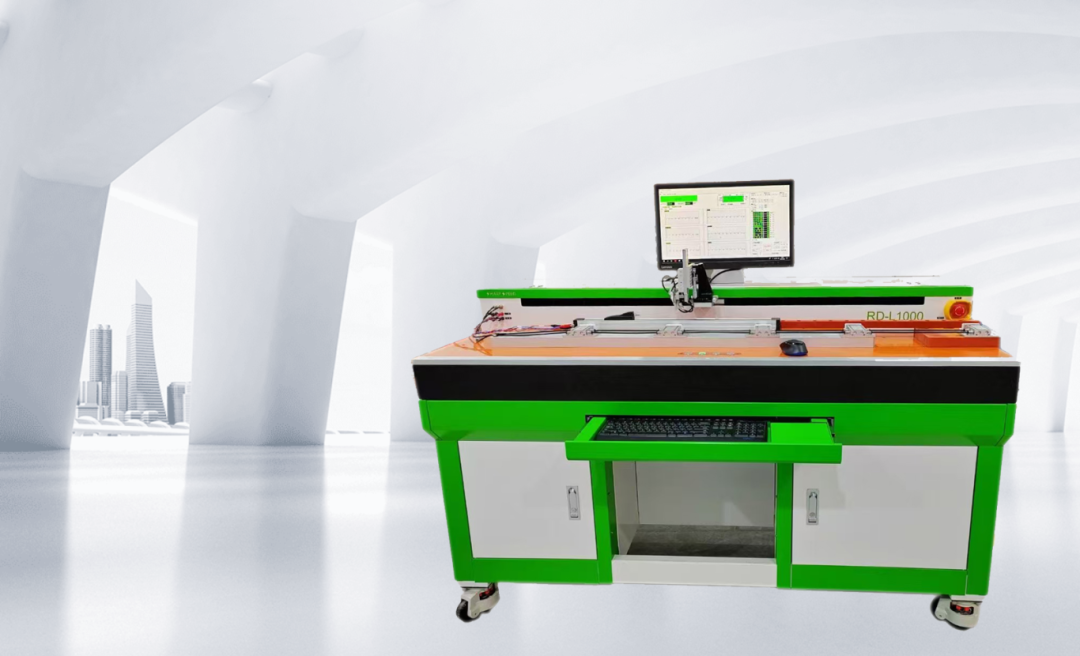Introduction
In modern electronics manufacturing, achieving precision in resistor values is crucial for the performance of circuits. A laser trimming machine is a vital tool that enhances the accuracy of resistors, particularly in SMD resistor packages. Additionally, ensuring resistors function correctly requires testing, often done using a multimeter. This article explores the role of laser trimming machines, SMD resistor packaging, and how to test resistors with a multimeter.
What is a Laser Trimming Machine?
A laser trimming machine is a high-precision device used to fine-tune the resistance values of resistors and other electronic components. It achieves this by removing minute amounts of material from a resistor to achieve the desired electrical characteristics.
Key Features of a Laser Trimming Machine
-
High Precision – Achieves accurate resistance values with minimal tolerances
-
Non-Contact Process – Uses a laser, preventing mechanical stress on components
-
Fast and Efficient – Ideal for mass production of electronic components
-
Automated Control – Ensures consistent quality and repeatability
Applications of Laser Trimming Machines
-
Fine-tuning precision resistors in medical and aerospace electronics
-
Adjusting hybrid circuits in automotive and industrial applications
-
Optimizing sensor performance for enhanced sensitivity
-
Calibrating thin-film and thick-film resistors for accuracy
Understanding SMD Resistor Package
An SMD resistor package refers to a type of resistor designed for surface mount technology (SMT), eliminating the need for through-hole leads. These resistors are compact, highly reliable, and widely used in consumer electronics, automotive circuits, and industrial devices.
Common SMD Resistor Packages
-
0201 (0.6mm × 0.3mm) – Ultra-small, used in mobile devices
-
0402 (1.0mm × 0.5mm) – Found in high-density PCB designs
-
0603 (1.6mm × 0.8mm) – Balances size and power handling
-
0805 (2.0mm × 1.25mm) – Common in general electronic circuits
-
1206 (3.2mm × 1.6mm) – Higher power handling applications
Advantages of SMD Resistors
-
Compact Design – Saves PCB space for miniaturized electronics
-
Low Inductance – Suitable for high-frequency applications
-
Reliable Performance – Stronger against vibrations and shocks
-
Automated Assembly – Efficient for mass production
How to Test a Resistor with a Multimeter
Testing a resistor with a multimeter is an essential step in troubleshooting electronic circuits. Whether checking an SMD resistor package or a traditional through-hole resistor, the process ensures that components are functioning correctly.
Steps to Test a Resistor with a Multimeter
-
Power Off the Circuit – Always disconnect power before testing
-
Set the Multimeter to Ohms Mode – Choose an appropriate resistance range
-
Connect the Probes – Place one probe on each end of the resistor
-
Read the Display – Compare the measured value with the resistor’s rated value
-
Check for Variations – If the reading is significantly off, the resistor may be faulty
Common Issues Identified During Testing
-
Open Circuit – Infinite resistance indicates a broken resistor
-
Drifted Resistance – A significantly different value suggests aging or damage
-
Short Circuit – Near-zero resistance may indicate an internal failure
Why Combine Laser Trimming with Resistor Testing?
Using a laser trimming machine ensures high-precision resistors, while multimeter testing confirms accuracy before deployment. This combination is essential in industries where reliability and precision are paramount.
Industries That Benefit from Laser Trimming and Resistor Testing
-
Medical Electronics – Ensures precise sensor performance
-
Automotive Electronics – Maintains stability in critical systems
-
Aerospace Applications – Guarantees reliability in extreme conditions
-
Consumer Electronics – Enhances circuit performance and longevity
Conclusion
A laser trimming machine plays a crucial role in fine-tuning resistor values, especially in SMD resistor packages. Meanwhile, testing resistors with a multimeter ensures quality and functionality in electronic circuits. Together, these processes contribute to the high reliability of electronic components across various industries.




